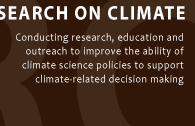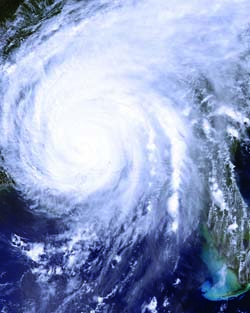

A CASE FOR ORGANIZATIONAL CHANGE: |
|
US hurricane research largely focuses on prediction. Indeed, the FY2009 NOAA budget includes a four-fold increase for hurricane prediction research - to $17 million, of which only $350,000 funds research into human dimensions and implications. Accordingly, atmospheric scientists continue to develop ever better predictions of hurricane trajectories and intensity. Yet Hurricane Katrina remains a stark reminder that accurate prediction itself is not enough to prevent losses. While agencies like FEMA refocus to be more prepared for future extreme events, the research enterprise continues to give prediction research its highest priority rather than shift its focus, as the USGS did, to decision-maker needs as a means of reducing vulnerability (See Organizational Change in the US Geological Survey). |
 |
Budgets for hurricane research are limited, and by emphasizing prediction as the primary means of reducing vulnerability, the need to understand the social and political network through which society responds to hurricanes is deemphasized. Prediction has proven valuable for hurricane response, but insufficient for vulnerability reduction. Societal factors and demographic patterns remain important causal factors for losses, as we have recently seen in the case of Hurricane Katrina (See Responding to the Problem: Hazards Research). |
|